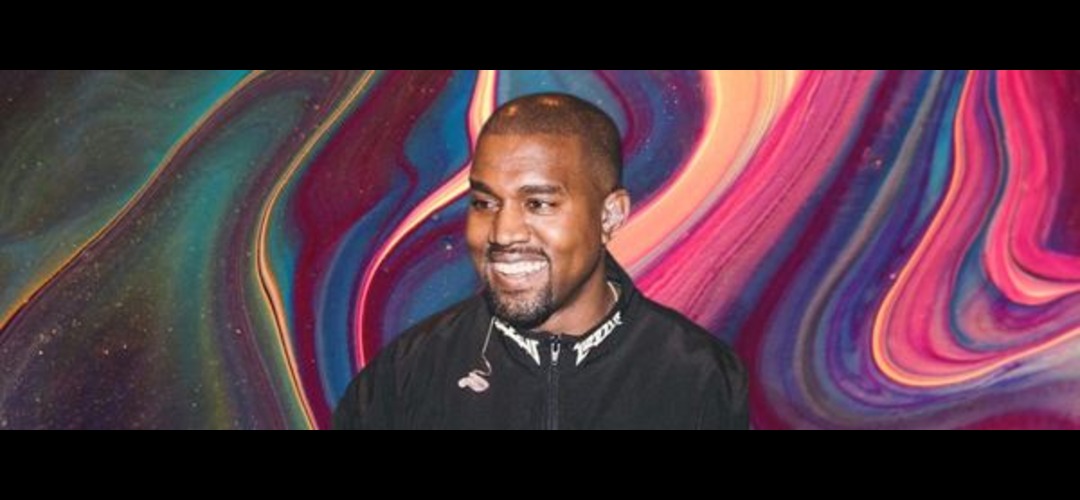The peaks and valleys of life are a familiar friend. It is through trials and tribulations that we become the greatest version of ourselves. Philadelphia-based rapper, Armani White can attest to this. His latest EP, Things We Lost In the Fire, is a testament to his personal experience with loss and growth.
This project draws on a range of emotions. From guilt to depression, from agony to gratitude. Armani explores a range of emotions to cope, and eventually learn from painful moments burned in his memories.
Things We Lost In the Fire provides listeners with a spark of light to overcome the endless night. Armani shares his story, in his own words, of perseverance, acceptance, and abundance.
The story behind ‘Things We Lost In The Fire’
At my lowest points, I will never forget my mother’s words…
The Lord is either gonna walk us through the fire or around it. But either way, we will get through it.
Things We Lost In the Fire is a tribute to the events that have forever changed the course of our lives, including my own, in tragic ways that can only be described by the phoenix that came from them.
In 2006, I lost 4 close family members in a house fire that forever changed my life. My one cousin survived and was rescued on the roof crying for help.
In 2020, 14 years later, I found myself on a roof fighting my own house fire and consoling my family.
Several weeks later, my frequent collaborator, Kelly Portis, passed away from a fire at his studio.
Throughout the remainder of 2020, we spent time in jail and fighting wrongfully accused criminal arson charges until the case was withdrawn this past June. Broken down by the Stages of Grief and our circumstances, I leaned heavily on one of my favorite quotes,
When you’re going through hell, Keep going!
With the memories of our loved ones, the fire represents the energy that never dies. The clay pieces of ourselves were hardened by the process. We light this candle to commemorate the Things We Lost In the Fire.
The Music
If there’s one thing that Armani White consistently delivers with each of his projects, it’s storytelling. With Things We Lost In the Fire, Armani seamlessly translates the gravity of his personal loss into passionate lyrics and mellow instrumentals. The combination of poetic speech, vibrant visuals, and soulful beats is a style that Armani has tenuously crafted throughout his career. Check out his latest masterpiece below.
Too Many Angels
Watch Your Self
Danny Mac
Grateful
Melinda
The Mission
The Things We Lost In the Fire EP is more than music. It’s a mission rooted in music. Armani’s rollout for this project coincides with Mental Health Awareness. His experience with depression and overcoming it through gratitude has led him to create two distinct campaigns. Peep both of his creative projects addressing mental health below.
TWLIF Candle Campaign
Things We Lost in The Fire is about everyone’s personal losses and growth. Armani and his team sent cards out to their music partners, friends, and selected influencers. They’ll light the candle and write an intention (something they’ve given up to grow or someone they lost during a troubling time in their life) and burn the card in an IG post (Playing their favorite song from the EP). Extra cards were sent out to selected fans for them to do the same.
Support for Mental Health
Backline and the Black Mental Health Alliance have partnered with Armani White to support a raw and recorded Therapy session between him and a trusted black therapist in their network. The content will cover the aftermath of these fires and support the growth of mental health, with the mission being to encourage black people to understand therapy is okay.
Destruction and Creation.
Fire can do both.
The choice is yours.
Peep the full Things We Lost In the Fire EP on all streaming platforms.


























































